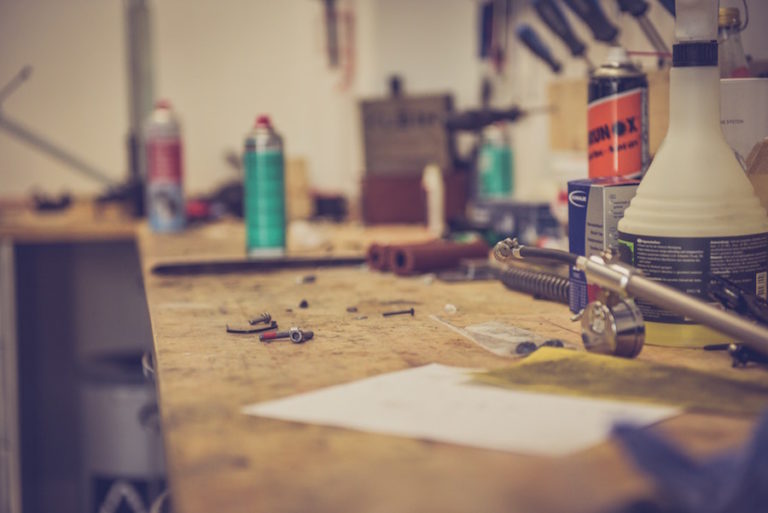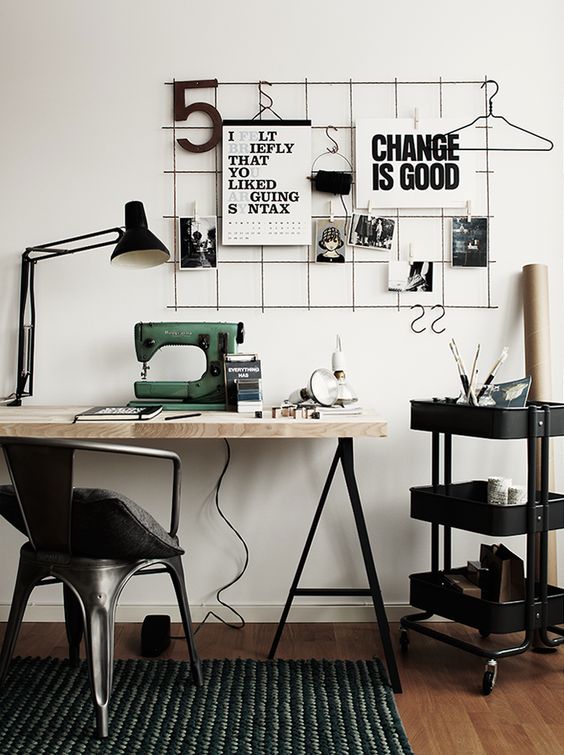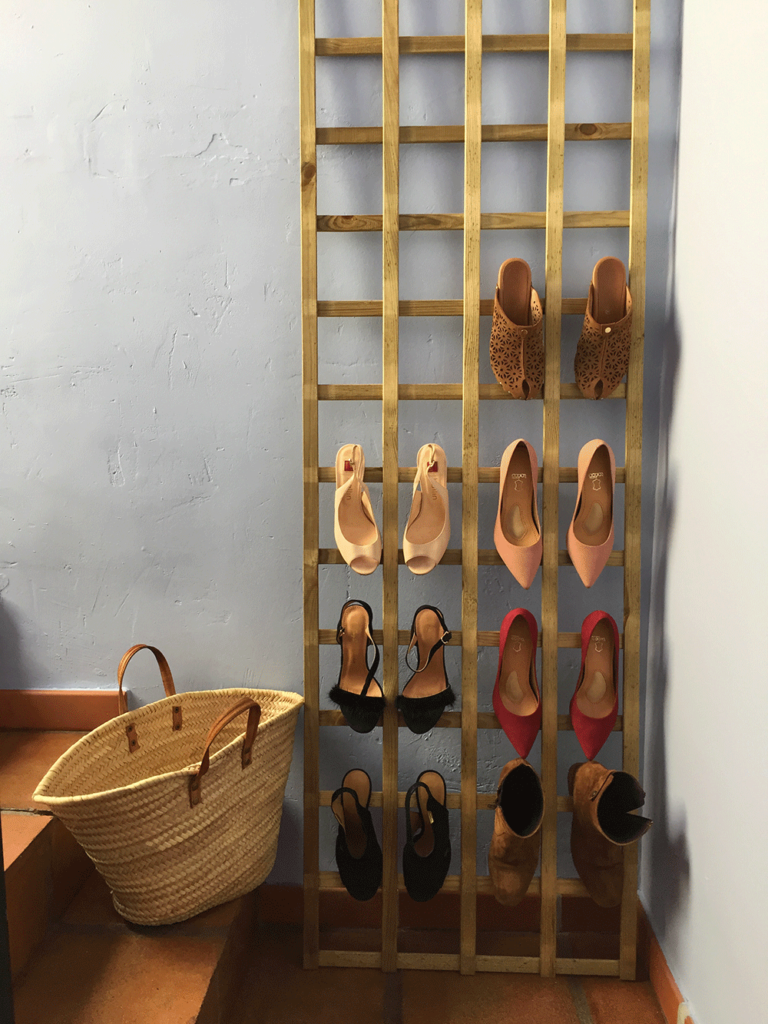What Do You Need To Fix Your Bathroom? Plumbing basics
Sometimes jobs often become boring because they are about repeatedly doing the same task all over an over. When it comes to plumbing, we are talking about a highly skilled work. So we asked our professional friends about plumbing and if they are there are frequent types of problems with certain elements. Some of them have a very short life span or are easily damaged in any oversight.
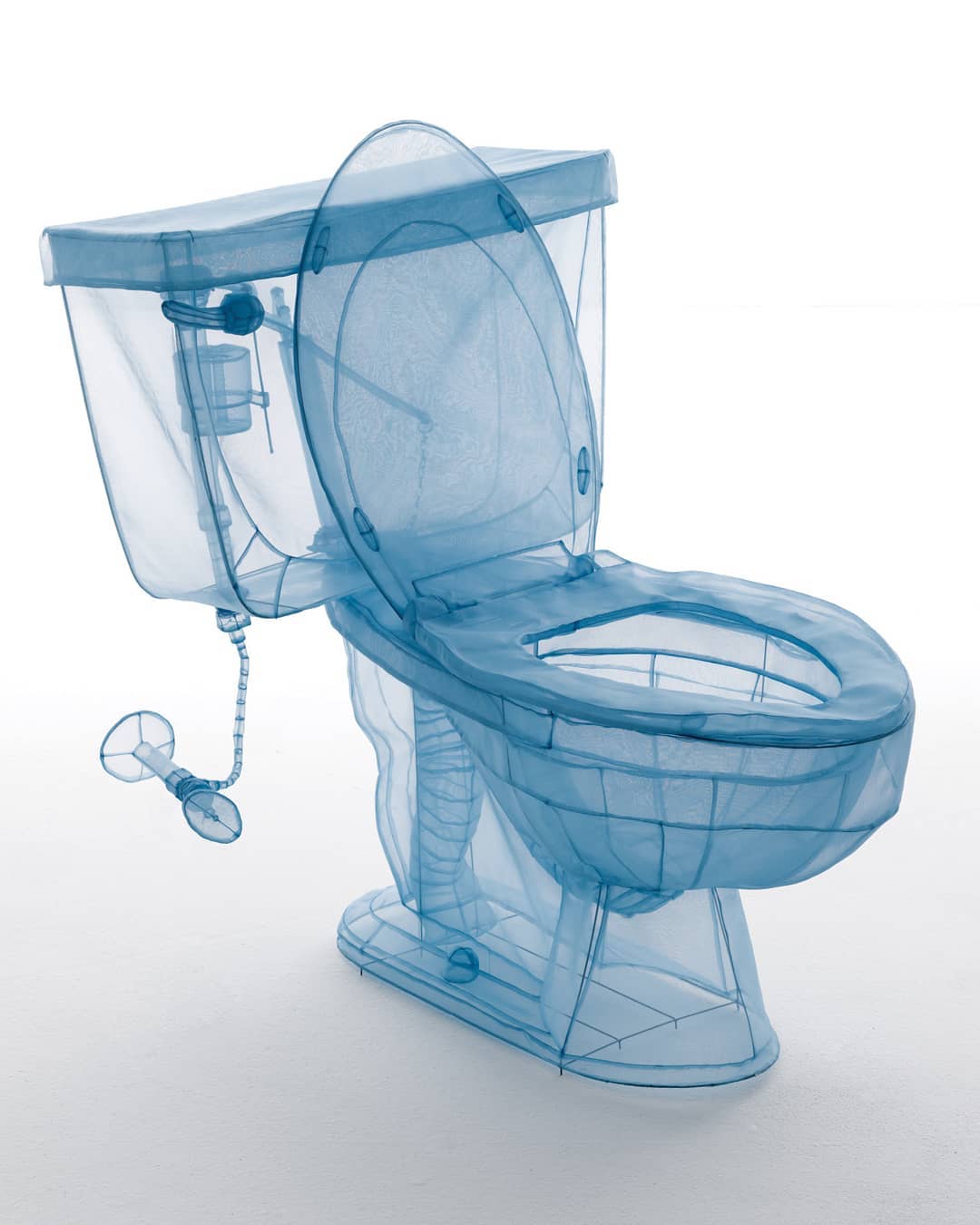
Therefore, to attend an emergency call with a plumbing problem, it is necessary to know which parts are damaged more regularly. Below, you will find the most common spare parts you should have to solve these setbacks.
Top 8 most used plumbing parts
Float: works as a water level meter in a toilet tank. When the liquid reaches a certain height, it stops filling the tank. Because of its constant use, this element tends to wear out and stops regulating the water level properly. To install it correctly you must: ensure that the size of the tank is adequate; clean the pipe; and secure it correctly to the valve that allows the flow of water.
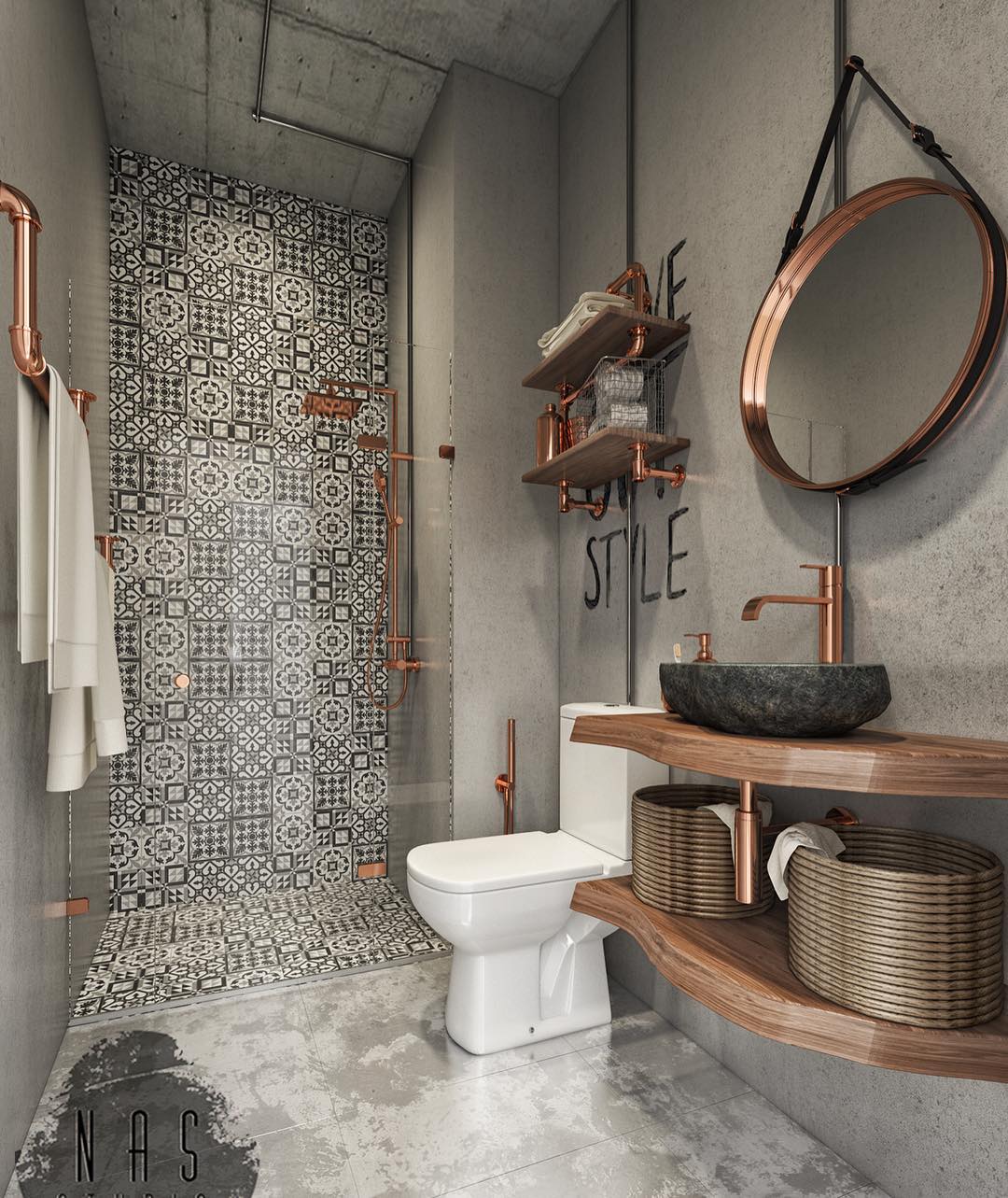
Float valve: allows or restricts the passage of water to the tank. When the water reaches its maximum level, the float seal this valve to close water flow. Due to its constant use, it usually faulty and it is necessary to change it. For this, we must: measure the height of the tank, so that it does not interfere in the opening or closing of the valve; clean it well, secure it firmly and use bulkheads in the tank.
Screws: these elements allow adjusting and secure devices to different types of surface. Some of these are usually easily damaged due to the load or force to which they are subjected. Some sanitary pieces are accompanied by plastic screws that do not have enough resistance. Therefore, it is recommended to use those made of steel to prevent any rust and add durability.
Rubbers: Occasionally, these elements, however simple they may seem, can generate large water leaks. These are found in some joints between sinks and traps, or in toilets. Sometimes they wear out fast and generate leaks, it is recommended to install them carefully, so they do not bend before installing the bathroom device. Also, reinforce them with another rubber to avoid drips and, if one fails, the other can seal the flow.
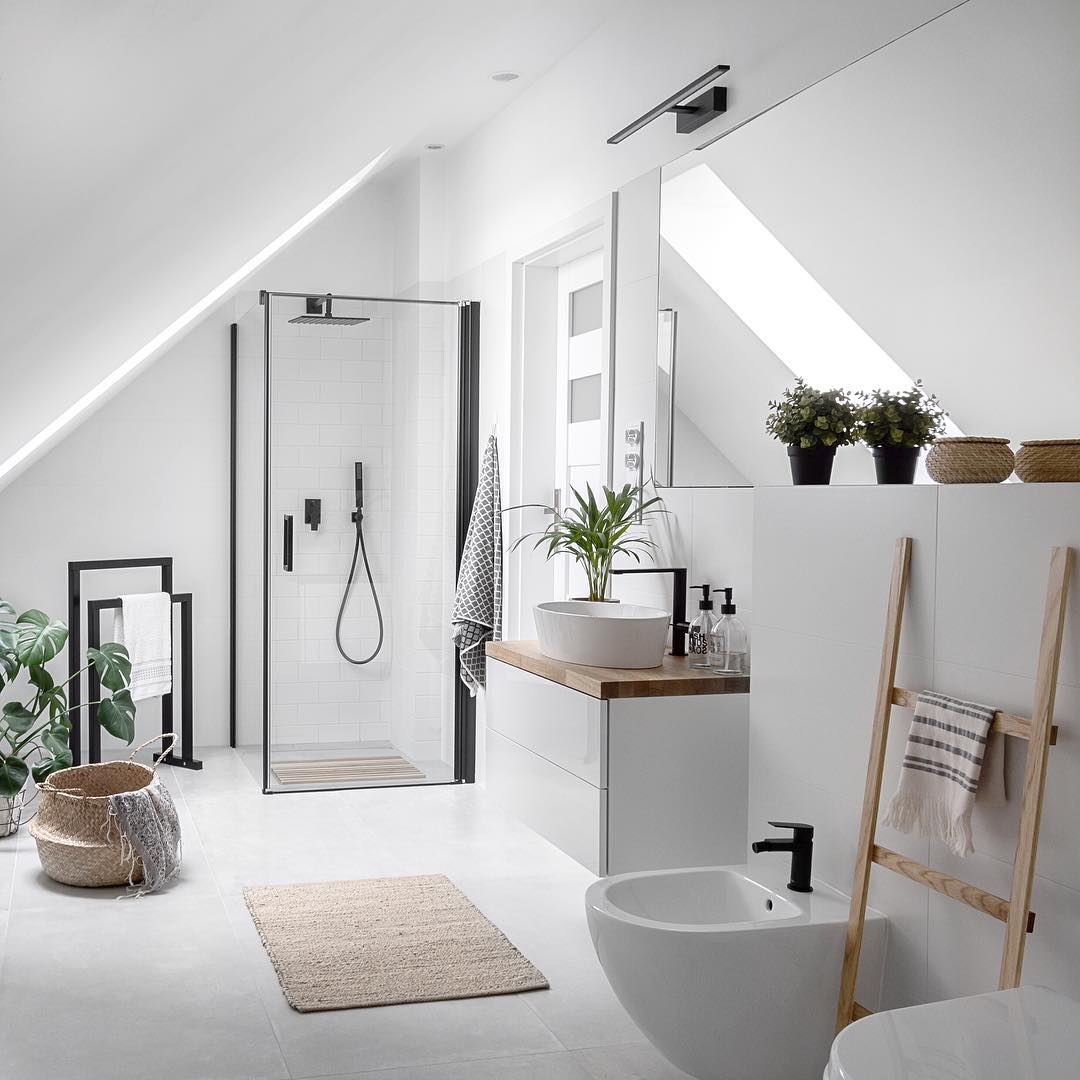
Hoses: they are responsible for joining the valves that allow the flow of water with toilets or sinks. Because they are subject to pressure, they tend to break down easily. To avoid early damage, those with iron coating should be used. To install them, they must be secured with Teflon tape to avoid possible water leakage.
Mixers: they are present in sinks and dishwashers. They are responsible for controlling the flow and temperature of the water. Countless opening and closing make them to wear easily. Some plumbers recommend not using first price mixers, because the threads are broken regularly.
Siphons: found in dishwashers and sinks. They are damaged because they are in contact with different bodies such as dirt, food, hair, among others. It is recommended to use a sink basket to prevent blocking them with dirt. Teflon tape is again very useful to avoid water leaks
Remember to verify all parts because by the pressure of water or oxidation they tend to be damaged. Sometimes they must be removed and greased to avoid oxidation.
These are our tips for basic plumbing, so if you are handy enough you can start fixing in your own!



